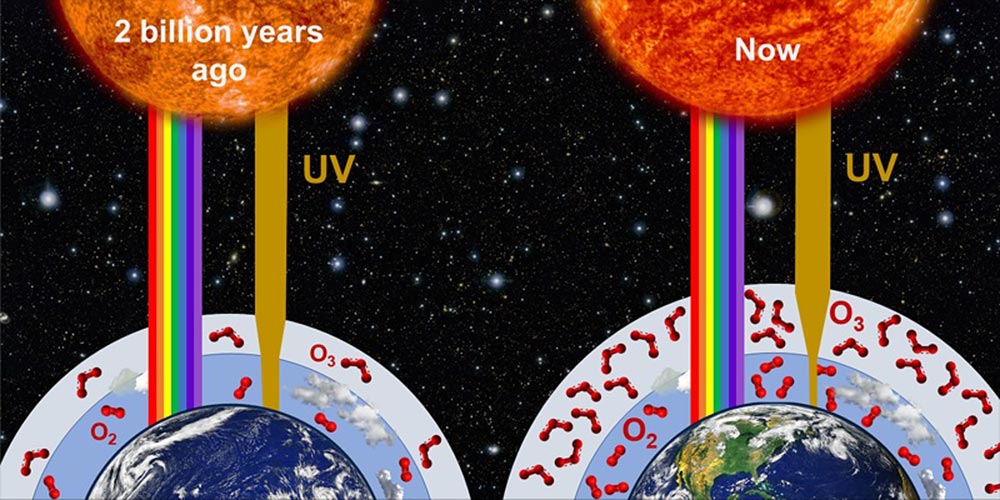The U.S. National Science Foundation released the draft of its South Pole Station Master Plan (SPSMP), which will inform investments planned under the NSF Antarctic Infrastructure Recapitalization program and ensure that the mission and priorities of NSF will be met.
The South Pole is a unique research site that supports projects ranging from cosmic observations to seismic and atmospheric studies. The NSF Amundsen-Scott South Pole Station is one of three year-round stations operated by the agency as outlined in Presidential Memorandum 6646. Environmental conditions at the South Pole are extremely harsh, and operating a research station at such a remote location involves complex and costly logistics support.
The SPSMP presents a summary of current conditions, constraints and opportunities for the NSF Amundsen-Scott South Pole Station. It balances future scientific needs with logistical and budget realities and considers the site’s unique status as Antarctic Specially Managed Area Number 5.
“Infrastructure upgrades at the South Pole will ensure the U.S. maintains a strong scientific presence in the region, continuing NSF’s practice of enabling groundbreaking research at the southernmost point of the world, said Chief Officer for Research Facilities Linnea Avallone, “The work we put in over the next several years will enable breakthrough discoveries for decades to come.”
Planning for the SPSMP began in 2020, including collection of station data and development of a framework for more detailed future planning. An analysis of alternatives with life-cycle cost estimates of various future scenarios was developed, which NSF used to establish the vision for the future of the NSF Amundsen-Scott South Pole Station: Modernize infrastructure and operations at the station to continue supporting science within the existing 150-bed capacity.
In June 2023, the NSF began work on the SPSMP, including hosting a virtual planning meeting with more than 175 participants from the scientific community, federal partners, station operational teammates and the public.
The draft SPSMP includes a site plan for redevelopment of infrastructure that needs replacement, conceptual building forms and design considerations for those structures, an inventory of projects that will require capital funding levels for completion, and a phasing plan for accomplishing these improvements.
Public comments on the draft SMSMP can be made via the Federal Register. These comments will be used to inform the final document. Comments may be submitted to SPMasterPlan@nsf.gov and via the Federal Docket Management System on the Federal Register webpage.
NSF will publish the final Master Plan for the NSF
NSF Amundsen-Scott South Pole Station on the U.S. Antarctic Program (USAP) website once completed, which is anticipated to be in fall 2024. The SPSMP — like the other USAP station master plans — will be routinely reviewed and updated as conditions and priorities warrant.
Note: This article have been indexed to our site. We do not claim legitimacy, ownership or copyright of any of the content above. To see the article at original source Click Here













